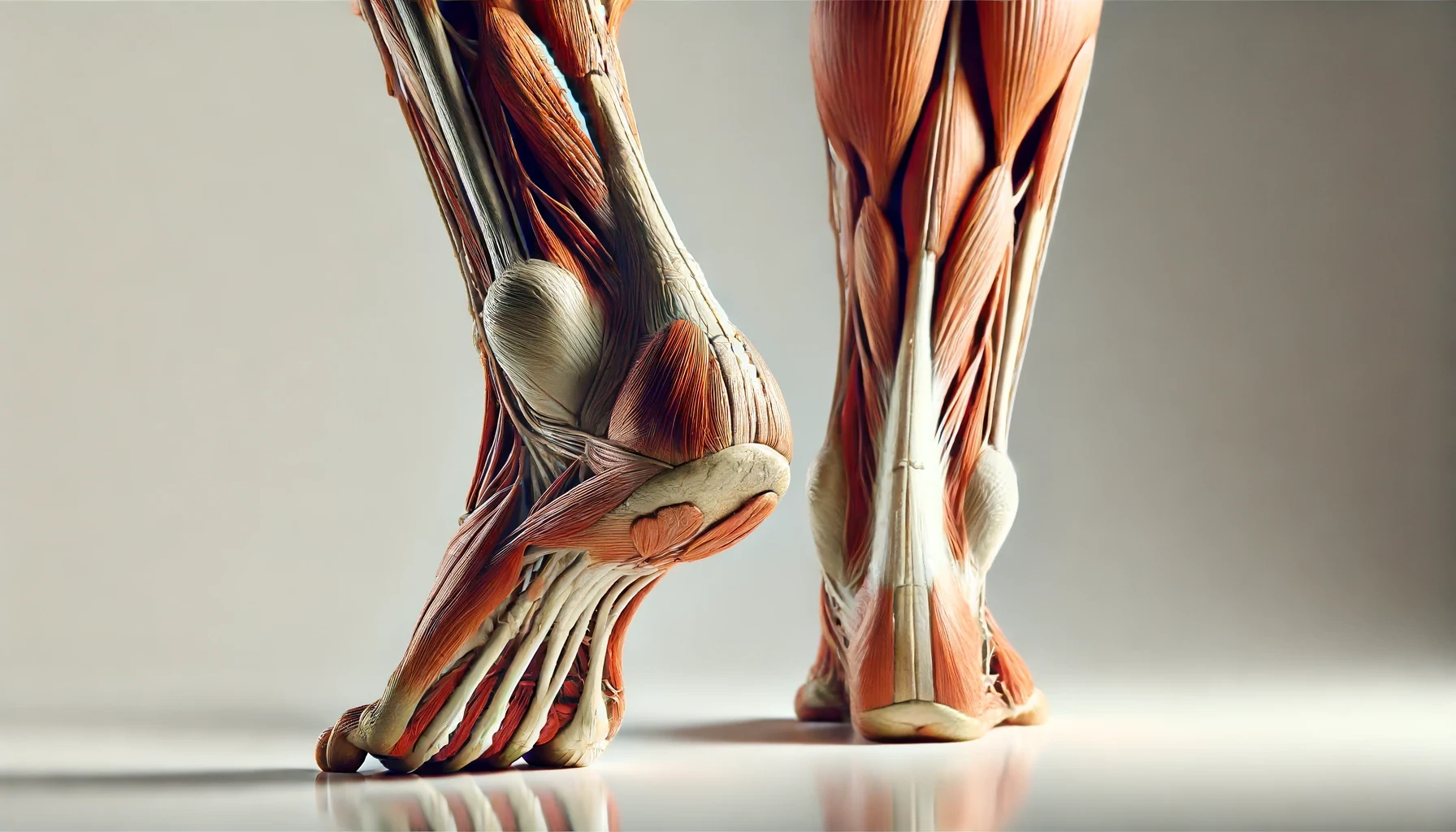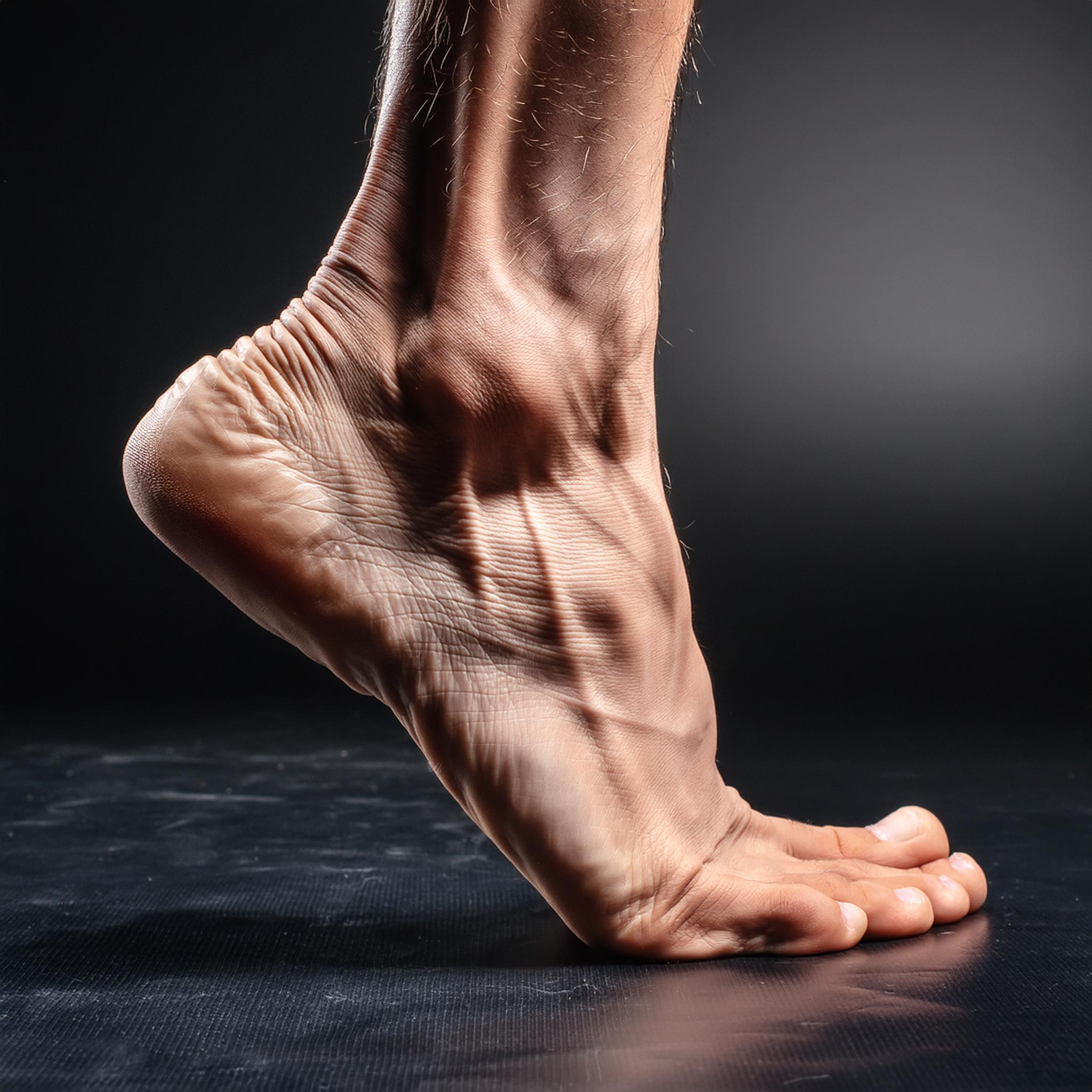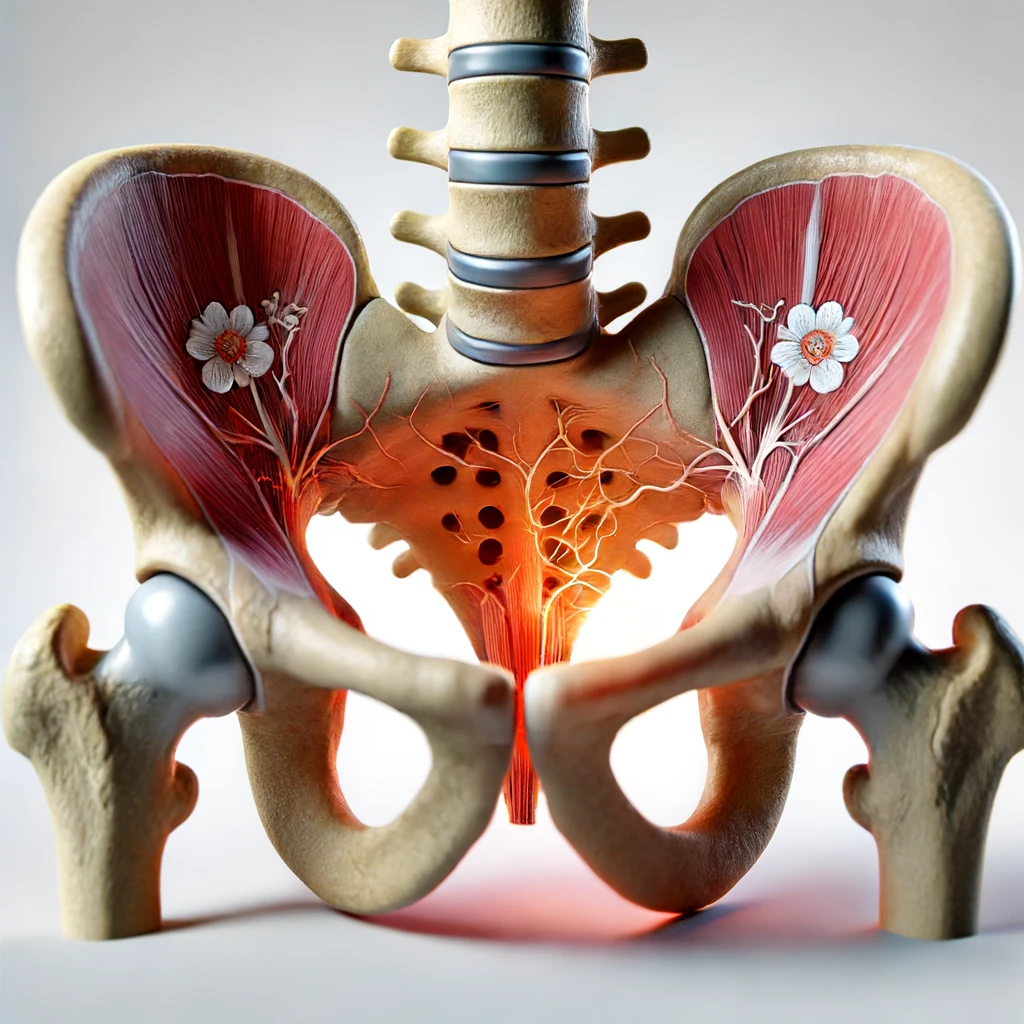What is a gait analysis?
Gait analysis is a systematic examination of movement when walking. It includes the analysis of movement sequences from the ankle to the trunk and head, as well as the muscle activity and mobility of the individual joints involved. The gait analysis determines stride length, number of strides, speed and stride sway. This information could help me as a therapist to recognize diseases and abnormal movement patterns.
Advantages of gait analysis
- Diagnosis and treatment of movement disorders
Precise gait analysis enables the identification of abnormal movement patterns associated with diseases such as osteoarthritis, strokes, multiple sclerosis and Parkinson’s disease. Studies have shown that gait analysis is an effective tool for diagnosing and planning treatment for neurological and muscular disorders (Hausdorff, 2007; Perry & Burnfield, 2010).
2. prevention of injuries
By detecting movement asymmetries and incorrect loading, gait analysis can help to prevent overuse injuries. This is particularly relevant for athletes who want to optimize their performance and minimize the risk of injury(Willems et al., 2005).
3. rehabilitation
In rehabilitation after injuries or operations, gait analysis provides objective data for evaluating progress and adapting rehabilitation programs. Studies have shown that gait analysis improves the effectiveness of rehabilitation in orthopaedic and neurological patients (Muro-de-la-Herran et al., 2014).
4. detection of age-related changes
Movement patterns often change with age due to a decrease in muscle strength and balance. A gait analysis can help to recognize these changes at an early stage and take preventive measures to reduce the risk of falling (Schenkman et al., 2011).
Phatological changes of the foot
Hallux Valgus
Hallux valgus is a deformity of the big toe. The big toe bends towards the outside of the foot, causing the metatarsophalangeal joint to arch outwards. This often leads to pain and inflammation and can make it difficult to wear shoes. Causes can include genetic predisposition, incorrect footwear and incorrect walking movements.
Heel spur
Heel spurs are bony outgrowths of the calcaneal tuberosity and occur in around 15% of the general population. It is more common in older and overweight people, people with heel pain, plantar fasciitis, arthritis and abnormal foot biomechanics. There is also evidence that certain people have a genetic predisposition to form new bones.
Splayfoot
A splayfoot occurs when the transverse arch of the foot drops and the metatarsals move apart. This leads to a wider foot shape and can cause pain and pressure points in the forefoot area. Common causes are overweight, weak connective tissue and unsuitable footwear.
Buckling foot
The buckling foot is a deformity in which the heel bone tilts inwards. This causes the foot to deviate inwards, which can often lead to pain in the ankle and on the inside of the foot. Causes can include weakness of the foot muscles and ligaments.
Flat foot
A flat foot is characterized by a flattened longitudinal arch of the foot, which means that the foot almost completely touches the ground when walking or standing. This can lead to pain in the feet, knees and even the back. The causes can be overweight, poor shoes and weak foot muscles.
Flat foot
With flat feet, the arch of the foot is flattened so much that the entire sole of the foot touches the ground. This can be congenital or develop over the course of a lifetime. Common causes are overweight, weak foot muscles or a misalignment of the heel bone. Flat feet can lead to pain and poor posture.







